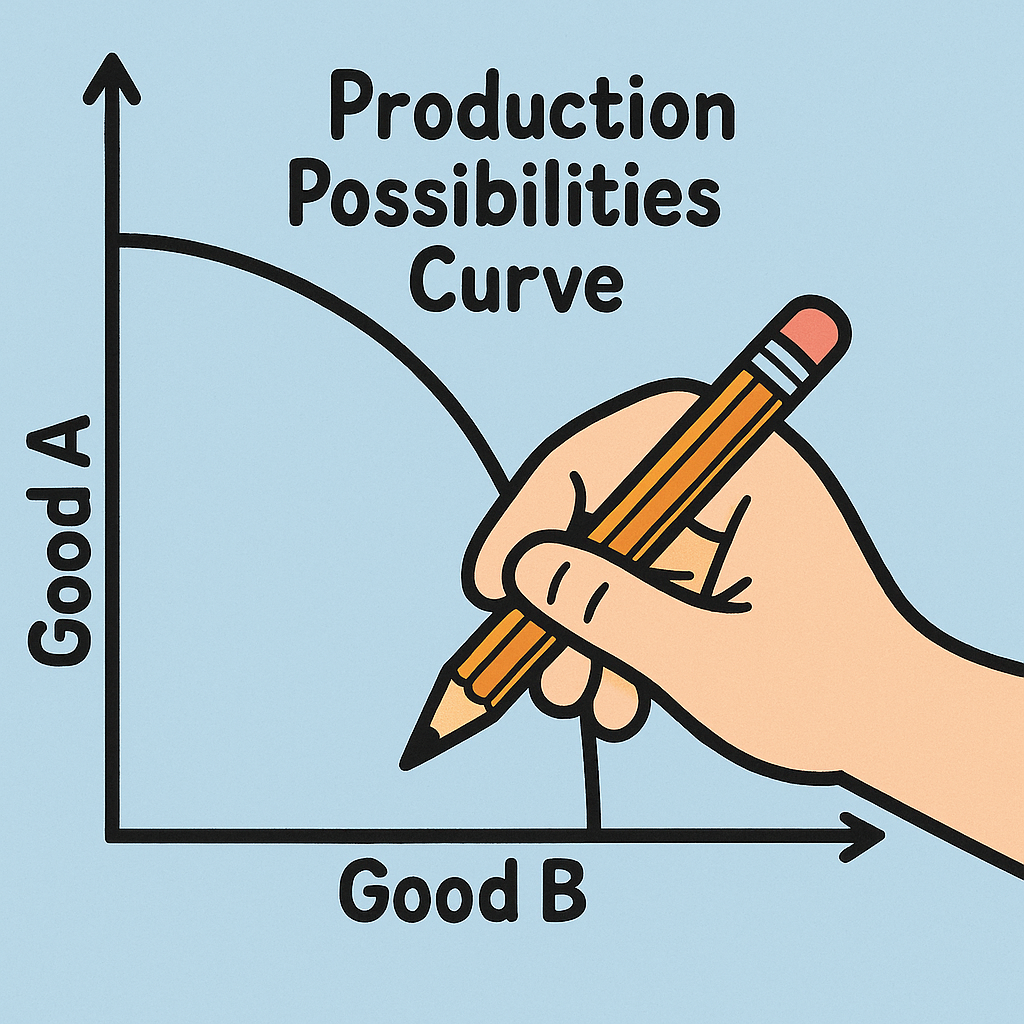
Grades 6-8

Don't have an account yet? Sign up for free
Don't have an account yet? Sign up for free


Use the lovable character Curious George to capture your students’ attention while teaching about personal finance and economics. Each lesson features a specific Curious George children’s book and includes fun activities to help your students learn about economics. Economic concepts will include goods and services, natural, capital, and human resources, production, specialization, interdependence, and saving.
In this lesson featuring the book, Curious George Rides a Bike, students participate in a production simulation where they compare the experience making a product on their own and in a group. (Self-sufficiency vs. Interdependence). Students discover that through specialization, production increases. When producers specialize, they become interdependent and rely on one another to produce the goods and services that are wanted. Read aloud available at https://www.youtube.com/watch?v=-YcoFXFTwSo
In this lesson featuring the book, Curious George Makes Pancakes, students discuss how pancakes are made and then identify the natural, capital, and human resources that Curious George used to make the pancakes in the story. They are then asked to come up with a good or service, provide a catchy product name, and fill in a web graphic with correct examples of human, capital and natural resources. Read aloud available at https://www.youtube.com/watch?v=g9ig8rJ4F9E
Use this variation on “four corners” to review natural, capital, and human resources after reading the book, Curious George Goes to the Chocolate Factory. Read aloud available at https://www.youtube.com/watch?v=M5DcyfK5rT8 I Love Lucy’s version https://www.youtube.com/watch?v=1QM_hCf7ARg
Curious George discovers all kinds of bustling businesses on a busy city street in the book, Curious George Takes a Job. In this lesson, students identify goods and services and then work in groups to identify all the goods and services described in the story. Read aloud available at https://www.youtube.com/watch?v=CI_jrKepZTw

Grades 6-8

Grades 9-12

Grades 9-12

Grades K-2, 3-5
